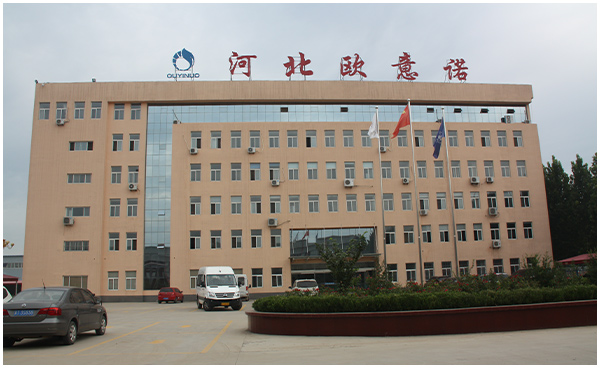
Nov . 18, 2024 20:54
Back to list
coalescing filter
Understanding Coalescing Filters An Essential Component in Fluid Dynamics
In diverse engineering applications, fluid management plays a crucial role, necessitating the use of advanced filtering technologies. One such technology is the coalescing filter, a vital component in separating liquids from gases and solids in a wide array of industrial processes. The term coalescing refers to the process of coming together to form a single mass, and this principle is at the heart of how these filters operate. Understanding coalescing filters is essential for engineers and operators aiming to optimize fluid systems for efficiency, safety, and environmental compliance.
The Mechanism of Coalescing Filters
Coalescing filters are designed to purify fluids by removing water and solid contaminants from various fluids such as air, fuel, and oils. They typically consist of several layers of fibrous material that trap small particles. As the fluid flows through these layers, smaller droplets of water or contaminants collide and merge, forming larger droplets through a process called coalescence. The larger droplets then become heavy enough to be separated out by gravity, effectively purifying the fluid.
These filters can be used in different configurations, from simple inline designs to more complex systems integrated into larger processes. In many applications, coalescing filters are employed as a preliminary step before additional purification methods, ensuring that downstream equipment like pumps and compressors are protected from fluid contamination.
Applications of Coalescing Filters
The applications of coalescing filters are numerous and span across various industries. In the petroleum sector, they are crucial for separating water from fuels such as diesel and aviation fuel. This separation not only protects engines from corrosion caused by water but also ensures efficiency by preventing fuel dilution. In the chemical industry, coalescing filters are used to purify solvents and other liquids, maintaining the integrity of chemical reactions and improving product quality.
coalescing filter

In the food and beverage industry, maintaining high standards of cleanliness and purity is paramount. Coalescing filters are employed to eliminate contaminants, ensuring that the final products meet health regulations. Additionally, in the power generation sector, these filters protect essential machinery from wear caused by airborne particles and moisture.
Benefits of Coalescing Filters
The advantages of implementing coalescing filters in fluid management systems are significant. First and foremost, they enhance the lifespan of downstream equipment by preventing wear and tear caused by contaminants. This prolongs equipment efficiency and minimizes maintenance costs, ultimately leading to operational savings. Furthermore, by improving the quality of the end product, coalescing filters contribute to compliance with environmental standards and regulations, safeguarding companies against potential legal and financial penalties.
Moreover, coalescing filters contribute to energy efficiency. By ensuring that machinery operates smoothly without the burden of contaminants, they reduce energy consumption and increase overall productivity. In industries where energy costs are a major concern, this can make a considerable difference in the bottom line.
Conclusion
In summary, coalescing filters are indispensable tools in modern industrial fluid management. By efficiently separating liquids and solid contaminants, these filters enhance the reliability and performance of various applications, from energy production to food processing. Their ability to improve equipment longevity, reduce operational costs, and ensure compliance with health and environmental standards highlights their essential role in maintaining sustainable and efficient industrial practices. As industries continue to evolve, the importance of innovative solutions like coalescing filters will only increase, driving advancements in technology and operational effectiveness. Understanding and implementing coalescing filters is therefore a key step towards achieving excellence in fluid management.
Latest news
-
Safety Valve Spring-Loaded Design Overpressure ProtectionNewsJul.25,2025
-
Precision Voltage Regulator AC5 Accuracy Grade PerformanceNewsJul.25,2025
-
Natural Gas Pressure Regulating Skid Industrial Pipeline ApplicationsNewsJul.25,2025
-
Natural Gas Filter Stainless Steel Mesh Element DesignNewsJul.25,2025
-
Gas Pressure Regulator Valve Direct-Acting Spring-Loaded DesignNewsJul.25,2025
-
Decompression Equipment Multi-Stage Heat Exchange System DesignNewsJul.25,2025

